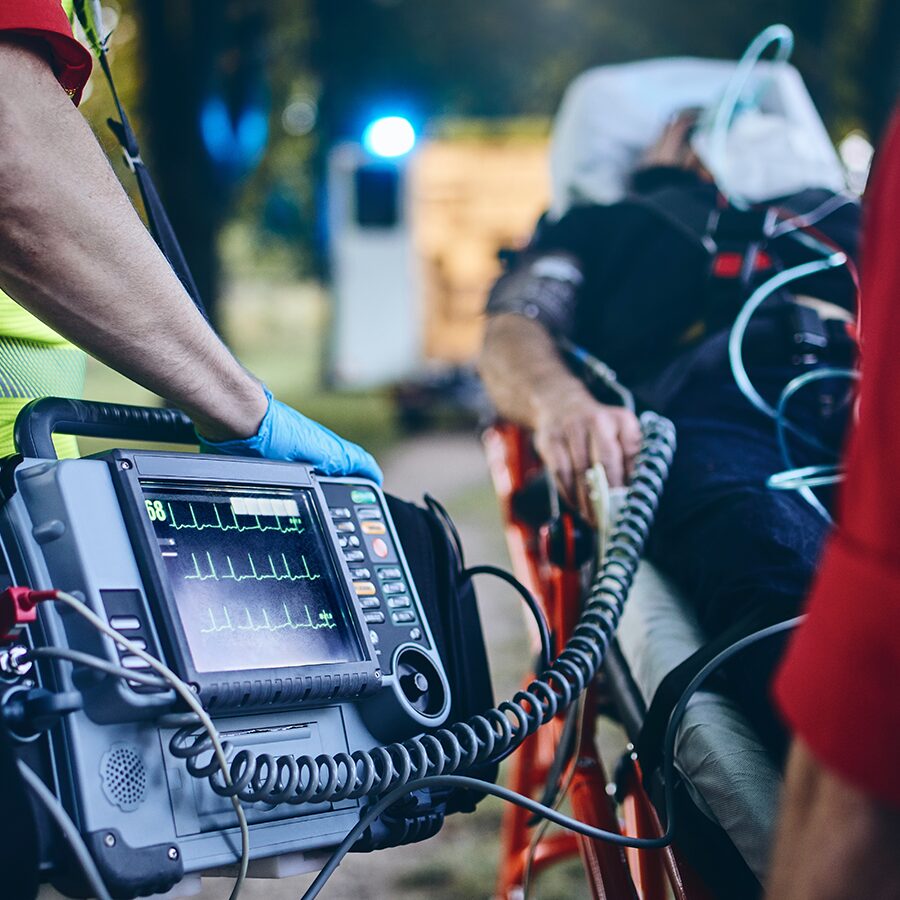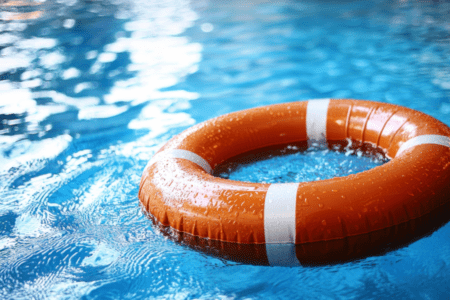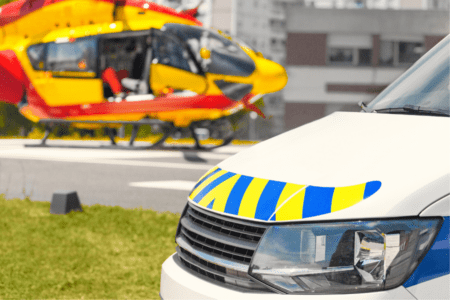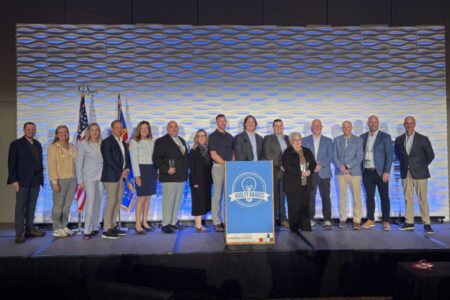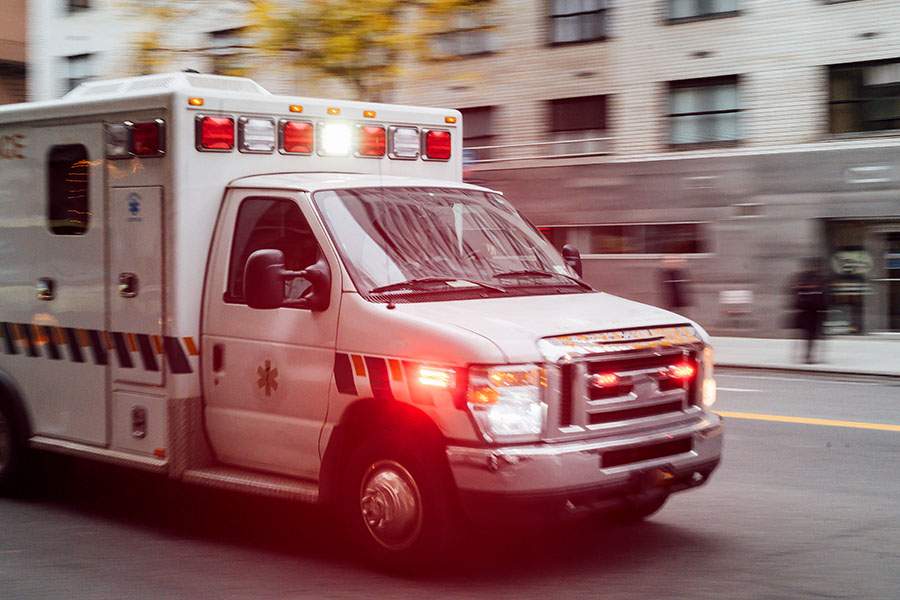Collaborate EMS Research Program
Advancing Emergency Response Through Shared Data
Collaborate is a national research initiative powered by de-identified EMS data. Researchers and public health experts can use this growing dataset to uncover trends, inform policy, and explore collaborative projects that drive meaningful change.


What is ImageTrend Collaborate™?
ImageTrend Collaborate is a growing, de-identified dataset built from EMS data across the country. This resource powers real-world research that leads to safer, smarter emergency response.
By leveraging this dataset, researchers can:
- Conduct national-level research studies
- Identify emerging public health trends
- Support evidence-based improvements in prehospital care
Why EMS Data Matters in Research
Dr. Ashish Panchal, an emergency physician and member of ImageTrend’s Medical Advisory Board, shares why large, de-identified datasets like Collaborate are essential for advancing EMS care.
In this video, he discusses how data-driven research helps uncover real-world trends, guide evidence-based protocols, and improve outcomes across diverse communities.
Impact in Action: EMS Data is Improving Care
These real-world examples show how de-identified EMS data from Collaborate is being used to advance research, inform care strategies, and improve emergency response.
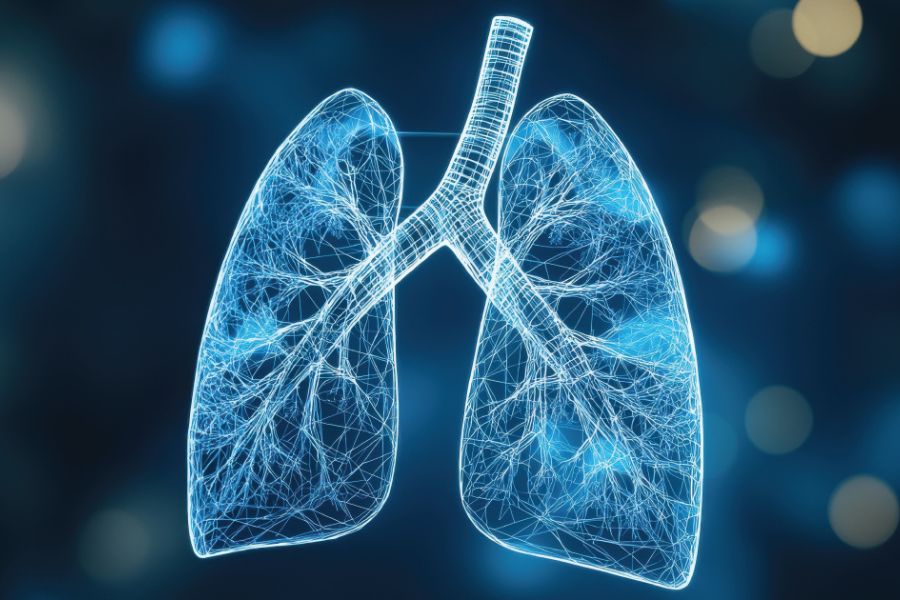
NEMSQA Airway-18 Invasive Airway Confirmed Using Waveform Capnography
Collaborate’s national EMS dataset enabled researchers to evaluate how often waveform capnography is used to confirm advanced airway placement in the field. This essential quality metric, outlined by NEMSQA, relies on data elements that are often optional in local systems, but available in Collaborate’s aggregated, de-identified data.

Addressing the Needs of Unhoused Populations
Collaborate data helped identify trends in 9-1-1 responses involving individuals experiencing homelessness—highlighting care gaps, frequent encounter patterns, and opportunities for more targeted interventions. These insights support more informed discussions around resource allocation, policy, and community health strategies.
Explore Collaborate Research
Dive into real-world studies powered by Collaborate’s national EMS dataset—uncovering trends, informing care strategies, and driving meaningful improvements across emergency services.
Have a Research Idea? Let’s Talk
Interested in working with ImageTrend’s research team or using Collaborate data to explore a project? Whether you’re a researcher, public health partner, or academic team, we’d love to hear what you’re working on. Fill out the form below to start the conversation.
